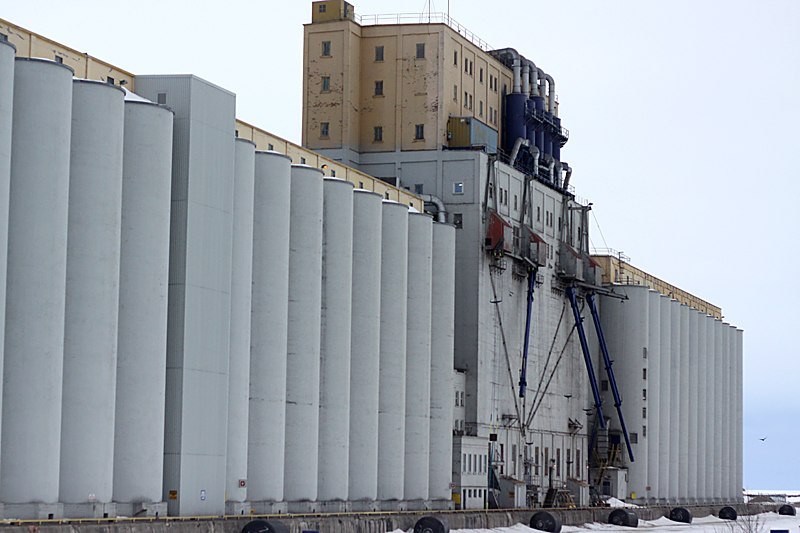Bottlenecked grain supply is starting to get trucked into the city’s elevators, but it isn't a viable and long-term solution.
Thunder Port Authority chief executive officer Tim Heney says it is just a way for some desperate farmers to try to salvage a record harvest before the spring.
One grain truck, which can transport 40 tonnes, has less than half the capacity of a single rail car. With only an estimated 10 trucks arriving per week, it is not a practical way of alleviating the backlog on the rails.
“It’s not really an effective way to move grain but for individual farmers, if their grain is on the ground in Manitoba they’ll want to get it sold before the flood season hits,” Heney said at the Port Authority Office on Tuesday.
“There’s no cash flow unless you make a sale and there’s no (other) way to sell it without the railroads moving it.”
In addition to the lower volumes, trucking the grain is significantly more expensive than shipping by rail.
For some, the cost has not been a deterrent as they would rather capitalize on a crop that was as much as 40 per cent larger than the yield in 2012.
The size of the harvest, combined with a rail car shortage, has created transportation nightmares across the system.
Last week the federal government announced intentions to fine both major rail companies, Canadian National and Canadian Pacific, if they did not move at least 5,500 cars per week.
The rail companies have a month to get traffic moving before facing $100,000 per day fines, but Heney expects cars to start rolling by then anyway.
“I think the backlog will start to move now,” he said. “In Thunder Bay it’s usually about two more weeks before we start to see the main inbound rail movement start and I think we’ll see that it’s stronger than usual.”
Even with the local shipping season closed, the local elevators are nowhere close to reaching full capacity. Heney estimates that there is currently only 200,000 tonnes of grain in storage, with the port having the capacity to store 1.2 million tonnes.
